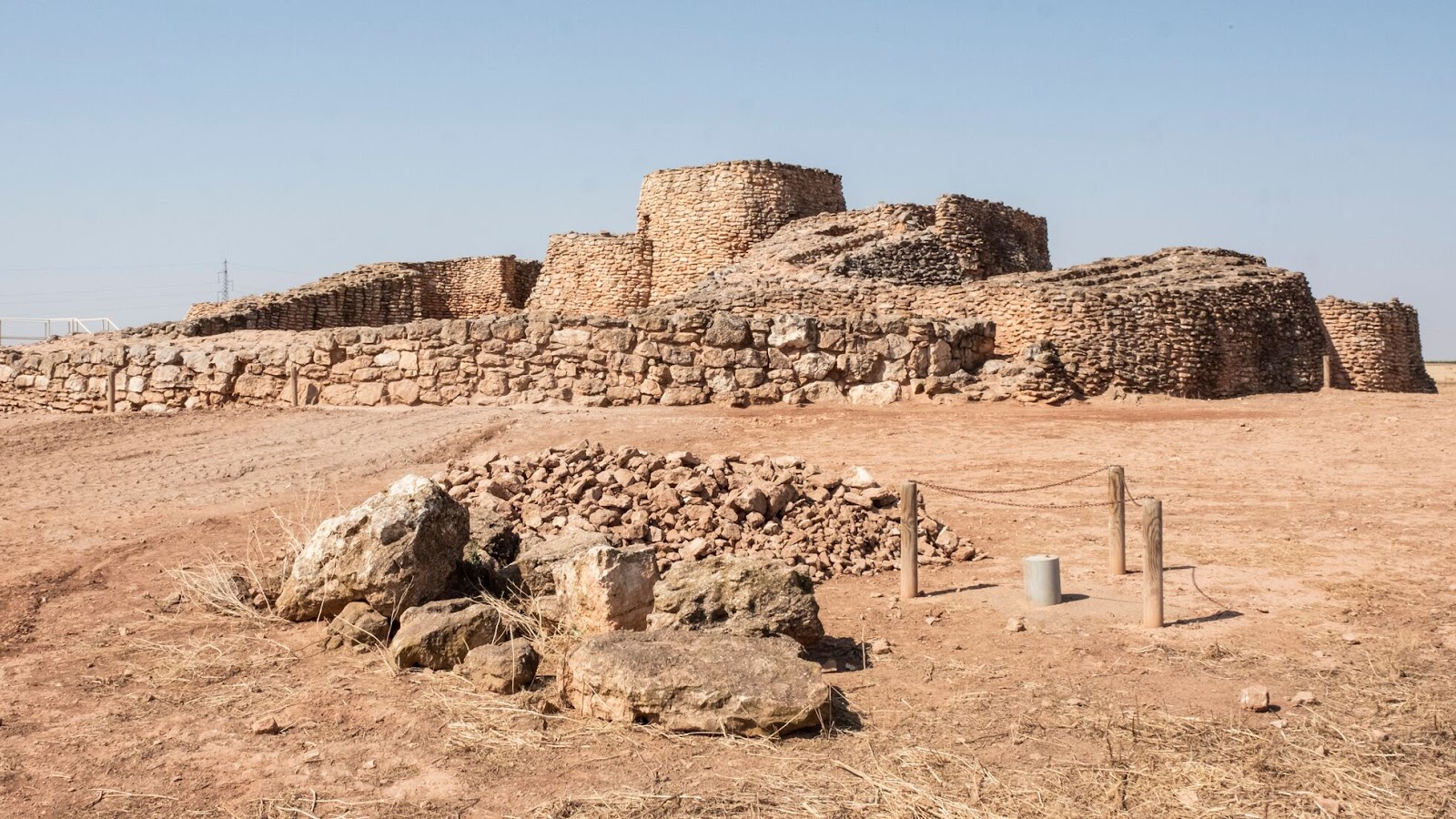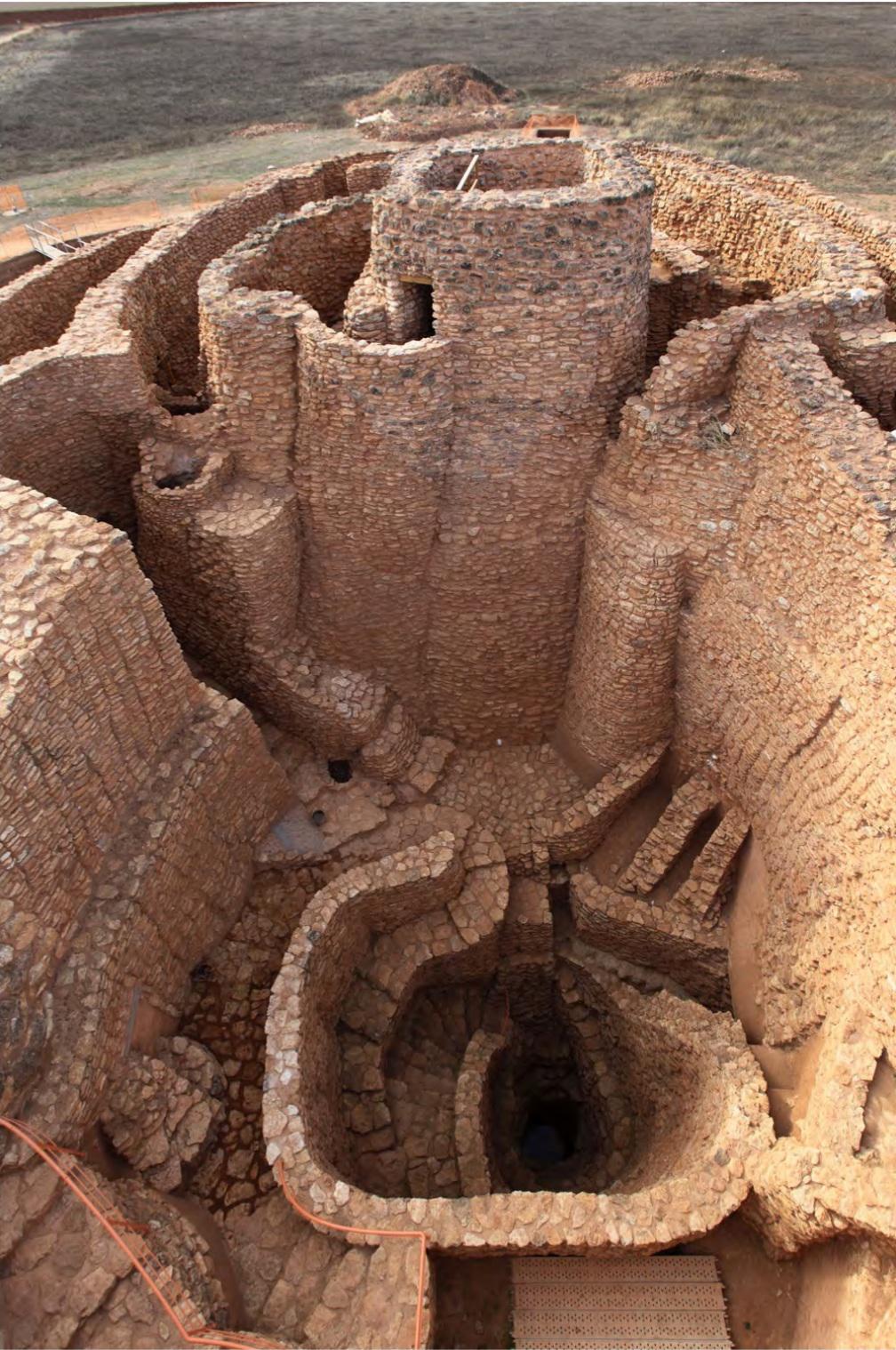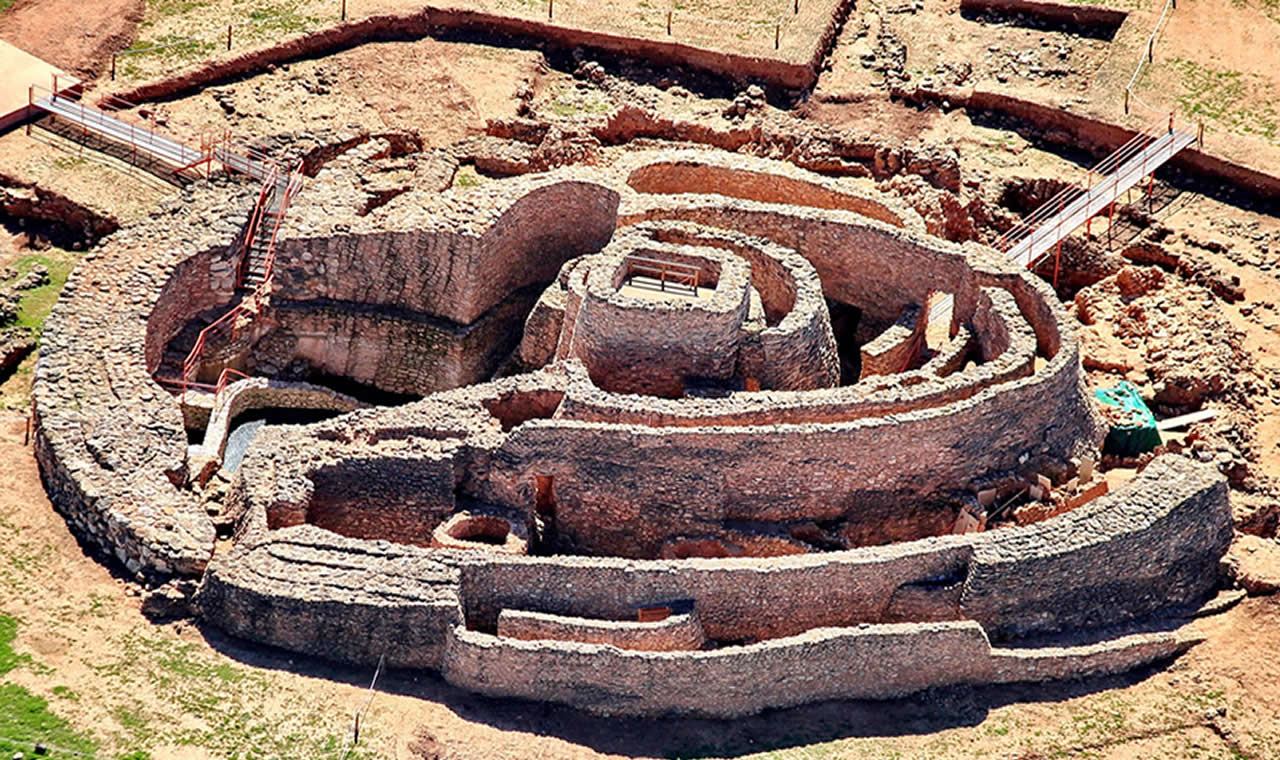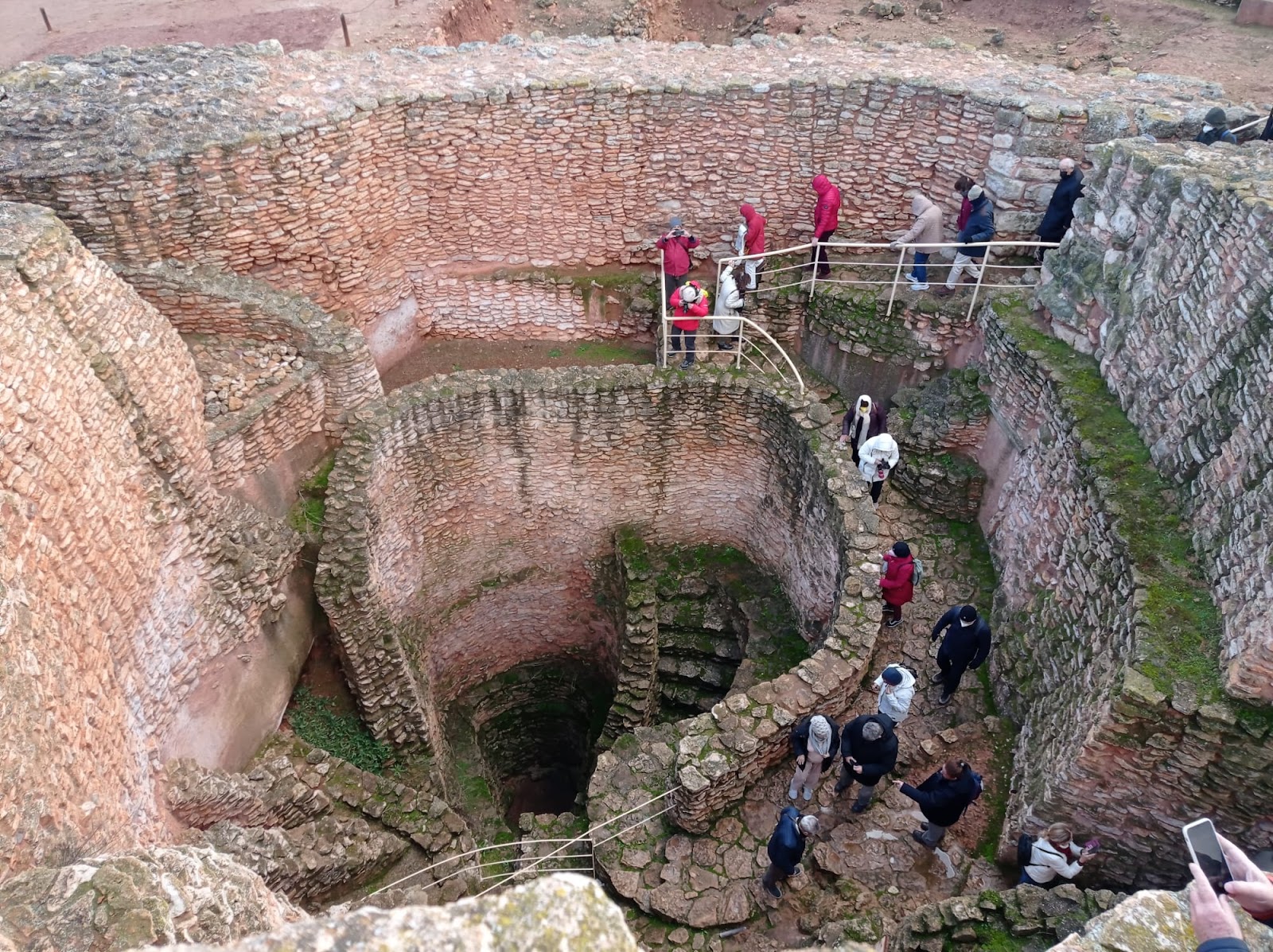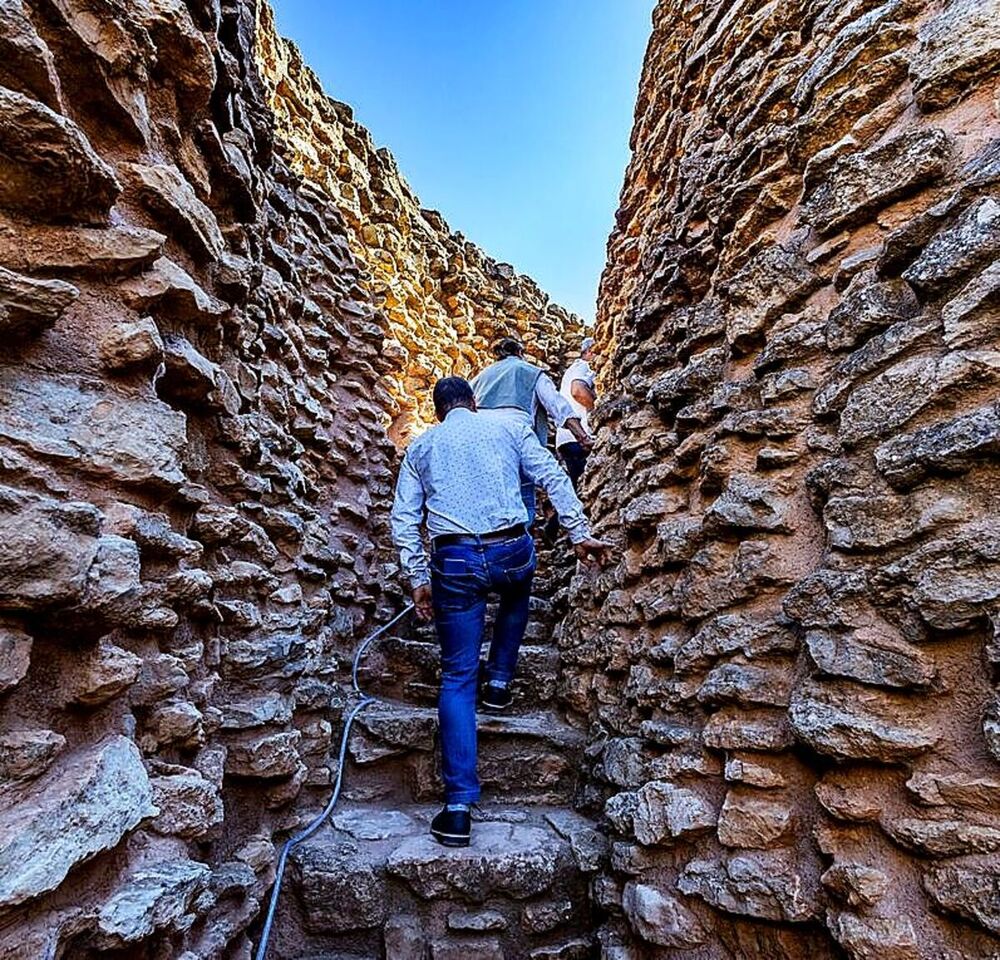The Motilla del Azuer is a prehistoric fortification dating from the Bronze Age in the municipality of Daimiel, in the Province of Ciudad Real, Castilla–La Mancha, Spain. Extensive field work has been carried out since 1974 and was ongoing in 2021. On 20 June 2013 the site was declared a "Bien de Interés Cultural" (asset of cultural interest) to archaeology.





















